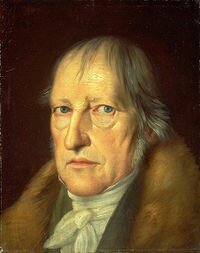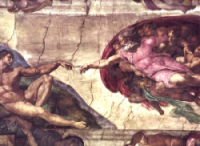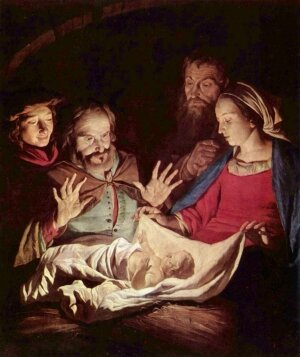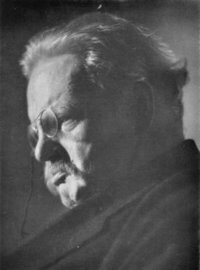
Virtue (Latin virtus; Greek ἀρετή) is moral excellence. Personal virtues are characteristics valued as promoting individual and collective well-being, and thus good by definition. The opposite of virtue is vice.
Etymologically the word virtue (Latin virtus) first signified manliness or courage. In its widest sense, virtue refers to excellence, just as vice, its contrary, denotes its absence. The term as used by moral philosophers and theologians signifies an operative habit essentially good, in contrast to an operative habit essentially evil. What are traditionally known as the four cardinal virtues, enumerated by the classical Greek philosophers have been translated into English as Justice, Courage, Wisdom, and Moderation. The three virtues of faith, hope and love (or charity) are central aspects of the of the Judaic, Christian and Muslim traditions (see also Abrahamic religions).
Virtue may also be identified from another perspective: it can have either normative or moral value; i.e. the virtue of a judge is to justly convict criminals; the virtue of an excellent judge is to specialise in justly convicting criminals, this being its normative value, whereas the virtues of reason, prudence, chastity, etc. have moral value.
In classical Greek, virtue is more properly called ἠθικὴ ἀρετή (ēthikē aretē), or "habitual excellence", something practiced at all times. The virtue of perseverance is itself a necessary adjunct to each and every individual virtue, since, overall, virtue is a species of habit which, in order to maintain oneself in virtue, needs to be continuously sustained. Self-proclaimed immoralist Friedrich Wilhelm Nietzsche, however, expressed the view that "when virtue has slept, it will arise all the more vigorous."
Virtues can be placed into a broader context of values. Each individual has a core of underlying values that contribute to our system of beliefs, ideas and/or opinions. Integrity in the application of a value ensures its continuity and this continuity separates a value from beliefs, opinion and ideas. In this context a value (e.g., Truth or Equality or Greed) is the core from which we operate or react. Societies have values that are shared among many of the participants in that culture. An individual's values typically are largely, but not entirely, in agreement with their culture's values.
Individual virtues can be grouped into one of four categories of values:
- Ethics (virtue - vice, good - bad, moral - immoral - amoral, right - wrong, permissible - impermissible)
- Aesthetics (beautiful, ugly, unbalanced, pleasing)
- Doctrinal (political, ideological, religious or social beliefs and values)
- Innate/Inborn (inborn values such as reproduction and survival, a controversial category)
More...
 The Akkadian Empire was an empire centered in the city of Akkad (Sumerian: Agade Hittite KUR A.GA.DÈKI "land of Akkad". ; Biblical Accad) and its surrounding region Akkadian URU Akkad KI in central Mesopotamia [
The Akkadian Empire was an empire centered in the city of Akkad (Sumerian: Agade Hittite KUR A.GA.DÈKI "land of Akkad". ; Biblical Accad) and its surrounding region Akkadian URU Akkad KI in central Mesopotamia [




























